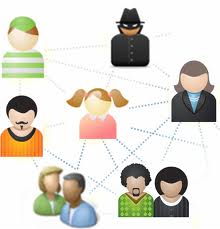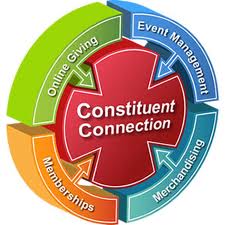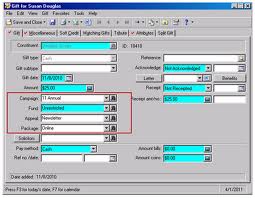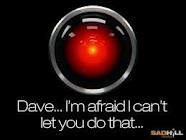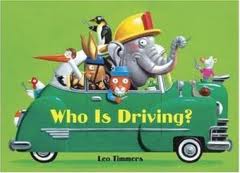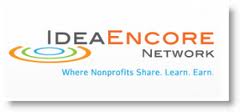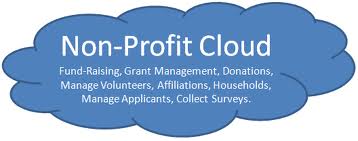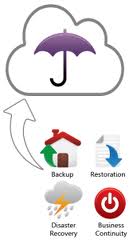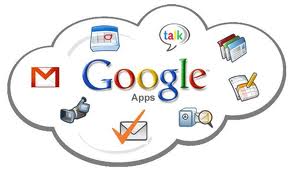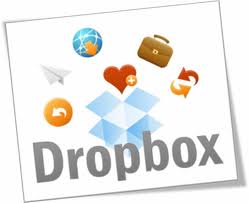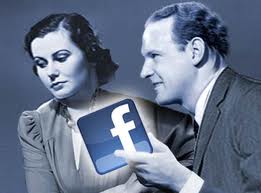 This week we’ve been talking about technology and donor data at DonorDreams blog. Tuesday’s post, which was titled “What can’t your donor database do?,” looked at all sorts of interesting functions and features associated with database software packages. Wednesday’s post, which was titled “Wow . . . Non-Profit Donors are Naked!,” examined various free online tools that can help you capture invaluable data for inclusion in your donor database. If you missed either of those posts, I encourage you fo circle back and check them out!
This week we’ve been talking about technology and donor data at DonorDreams blog. Tuesday’s post, which was titled “What can’t your donor database do?,” looked at all sorts of interesting functions and features associated with database software packages. Wednesday’s post, which was titled “Wow . . . Non-Profit Donors are Naked!,” examined various free online tools that can help you capture invaluable data for inclusion in your donor database. If you missed either of those posts, I encourage you fo circle back and check them out!
Yesterday’s post got me thinking about social networks (e.g. LinkedIn, Facebook, Twitter, Pinterest, etc). We all agree that these sites possess an unbelievable amount of free personal information about our donors. Yet, I see so many non-profit organizations struggling with social media.
I suspect that non-profit organizations are too thinly stretched and don’t dedicate enough time and resources to developing an effective social media strategy. I believe a little bit of time and lots of thoughtful strategy can go a long way towards getting donors engaged, which gets you closer to that FREE and invaluable donor data.
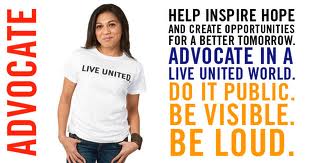 The following are just a few ideas that even cash strapped non-profit organizations can implement:
The following are just a few ideas that even cash strapped non-profit organizations can implement:
Get “friendly” online. You can’t just set-up your Facebook page, Twitter account or LinkedIn presence and expect people to find you and connect. Look over your donor list, identify your top few hundred donors, and actively ask them to connect.
Content is important. I’ve seen too many Facebook pages with little to no content, which begs the questions “Why did I like this page in the first place?” Perhaps, it might be worth your time to sit down over a cup of coffee and talk to 10 of your more active donors. Ask them what kind of information they’d like to see your non-profit post on LinkedIn, Twitter or Facebook. I could rattle off all kinds of ideas today (e.g. pictures of your mission being brought to life, transparent sharing of program outcomes, etc), but none of what I say matters. What matters most is what the people who you want to join your social network want to see.
Engagement is king. Your agency needs to understand the difference between Web 1.0 and Web 2.0. Social media is not about shouting at the top of your virtual lungs various things about your agency on your social network pages. That was so Web 1.0. If you want your social media strategy to work, then you need to engage your donors in “conversations”. People don’t just cruise over to your Facebook page or Twitter feed to check out what you’re saying and posting. They get there because you’ve drawn them over with a shiny object. I’ve seen some non-profits do the following to build a following and engage donors:
- Run a contest online. During a certain period of time, anyone who likes your page or follows you gets entered into a raffle and a chance to win something (e.g. iPod, iPhone, iPad, gift card, etc). It doesn’t have to be expensive, but it does need to be fun and something people value. It could also focus on submission of something for judging (e.g. picture, essay, etc).
- Ask for opinions. I’ve seen organizations poll their social media followers on a variety of issues. Those issues could even be operational in nature. For example, ask donors and supporters to help you name something. Or ask their opinions on adding a new program or expanding to a new site. This can be particularly effective because people love to be asked their opinion.
- Become an advocate. How many online petitions being circulated by non-profit organizations have you signed in the last 6 months? I know I have signed at least four. This can be particularly effective because people love to be asked to get involved in ways that supplement their financial support. It is an easy way to help a donor feel involved. Besides, you’ll probably end up asking them to consider making an online contribution at the end of the petition process.
 The bottom line for me is twofold:
The bottom line for me is twofold:
- Donors are giving away valuable personal information about themselves online for FREE. It is worth investing a little time to engage them because you’re already trying to do it in other ways as part of your resource development program.
- Nothing associated with your social media presence will happen by accident. You need to put together a strategy and execute your plan (regardless of how simple it may be).
If you are looking for more in-depth ideas on Facebook best practices, I suggest you read what the good folks at DIOSA Communications are suggesting.
What does your agency do to engage donors on Facebook, Twitter, LinkedIn, or Pinterest? What metrics do you use to track your effectiveness in inspiring and engaging participation on your social network platforms? Please use the comment box below to share your thoughts. We can all learn from each other.
Here’s to your health!
Erik Anderson
Founder & President, The Healthy Non-Profit LLC
www.thehealthynonprofit.com
erik@thehealthynonprofit.com
http://twitter.com/#!/eanderson847
http://www.facebook.com/eanderson847
http://www.linkedin.com/in/erikanderson847




